Ethnographic Expedition 2008. Part IIIJuly 28–30, 2008 KurganMapThere’s a foolproof sign on the way to the city. If only everyone cared about drivers this much. 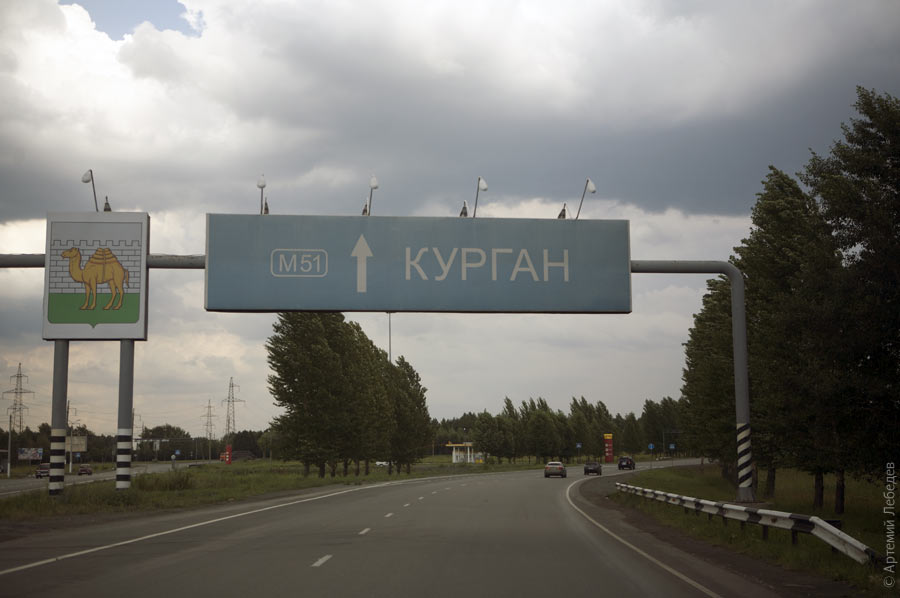 Kurgan The city is fairly neglected. 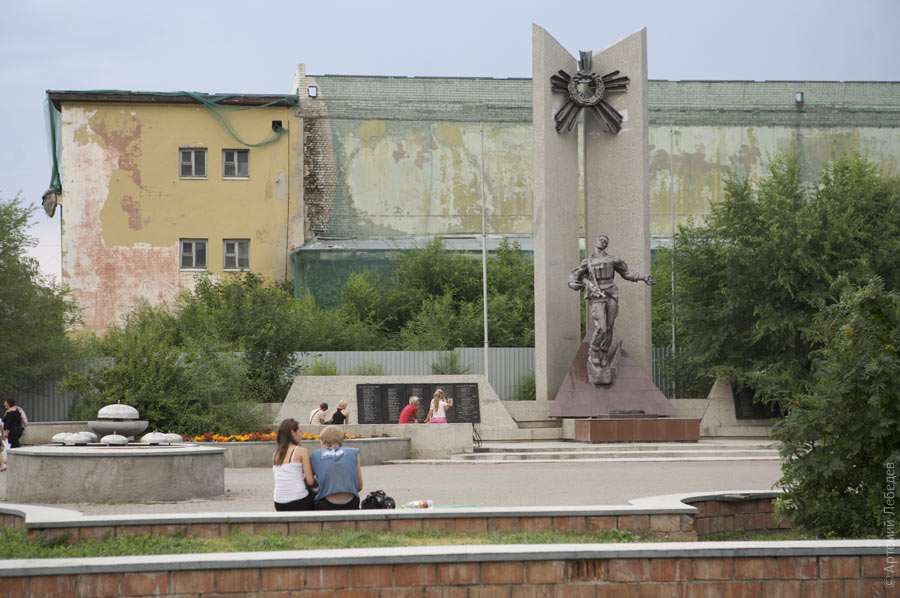 The stars on all the lampposts are either askew or have fallen off. 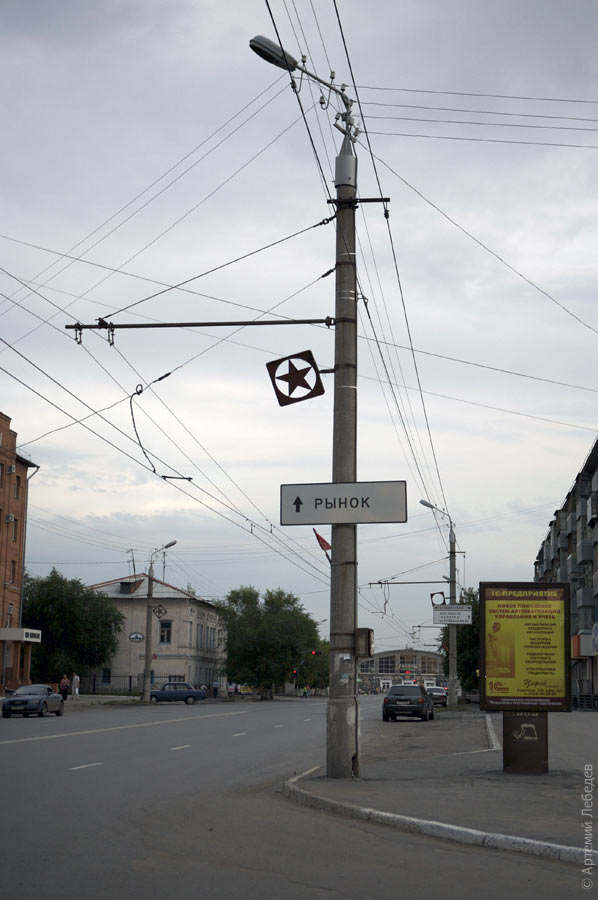 A manhole cover of a most unusual shape and design—it opens like a toilet lid—was discovered in one of the central streets. 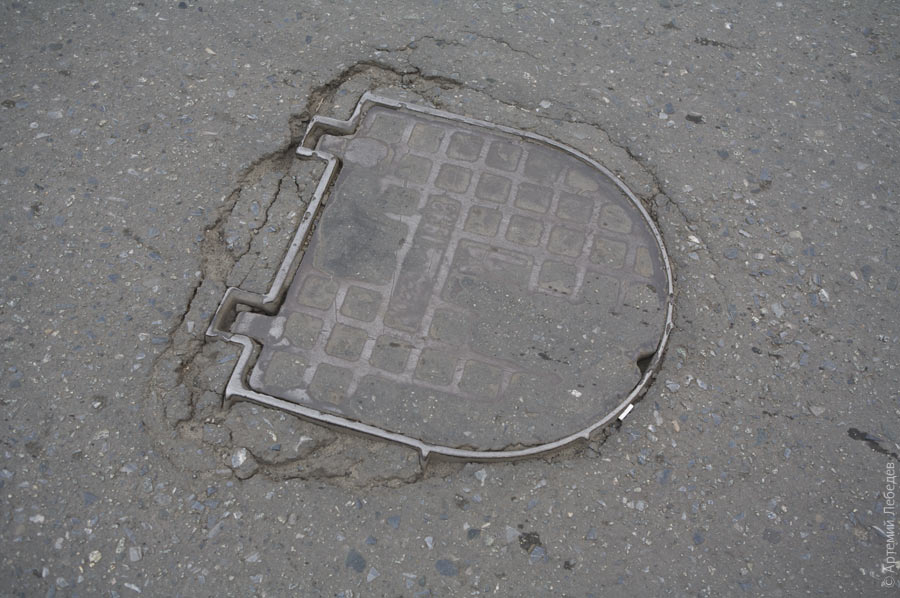 Speaking of toilets, here’s a creative entrance to the bathrooms at a local greasy spoon. 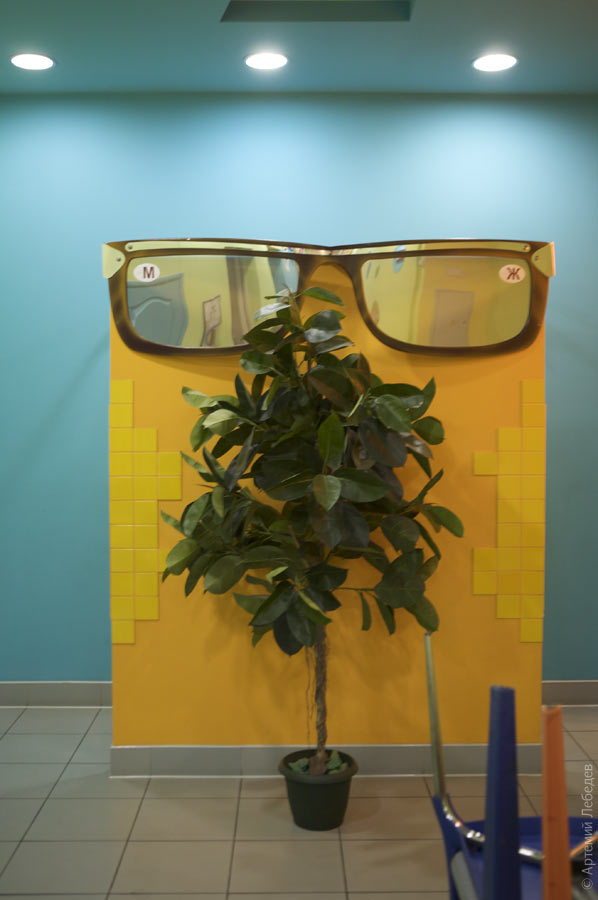 When you see what some streets used to be called, you begin to understand why sometimes Karl Marx seems quite appropriate for a name. 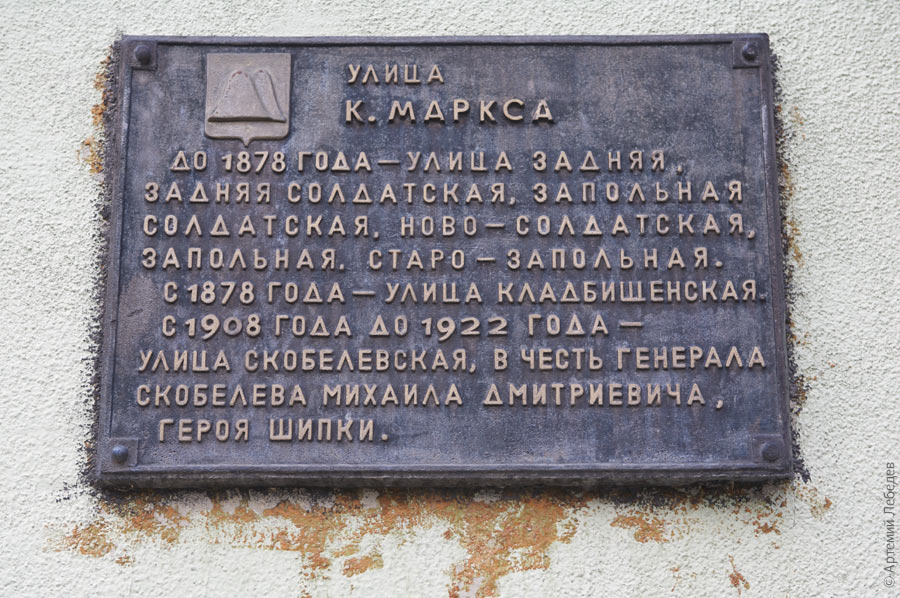 K. Marx Street. Until 1878: Rear Street, Soldier’s Rear Street, Soldier’s Outfield Street, New Soldier’s Street, Outfield Street, Old Outfield Street. After 1878: Cemetery Street. From 1908 until 1922: Skobelev Street, in honor of General Mikhail Dmitrievich Skobelev, hero of the Battle of Shipka. Kurgan lucked out with its payphone half-booths. 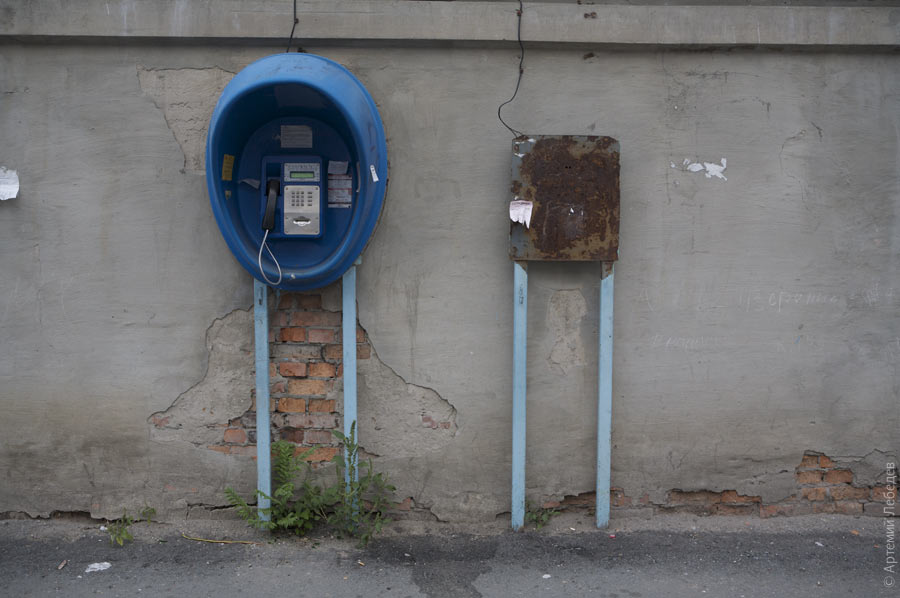 They’re all fabulous. 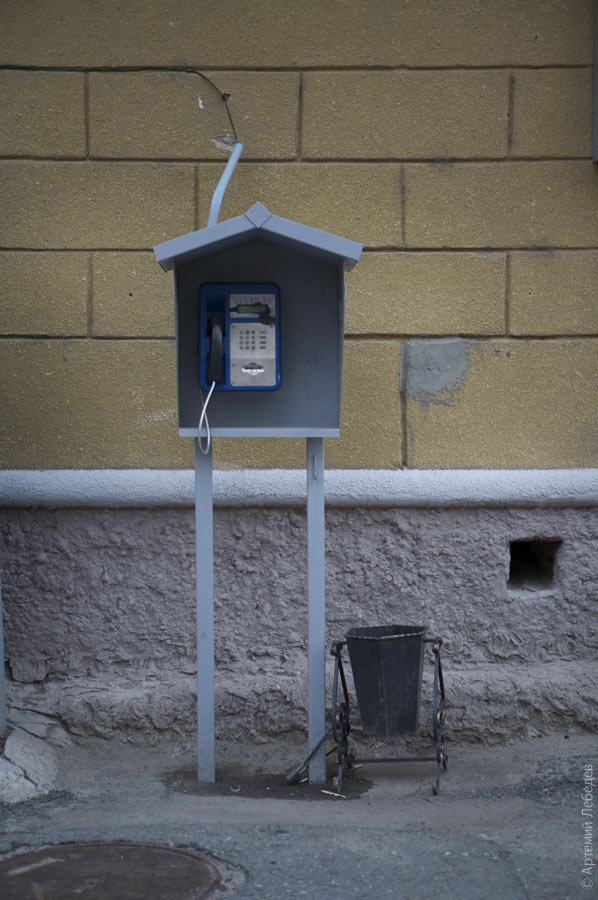 Every single one. 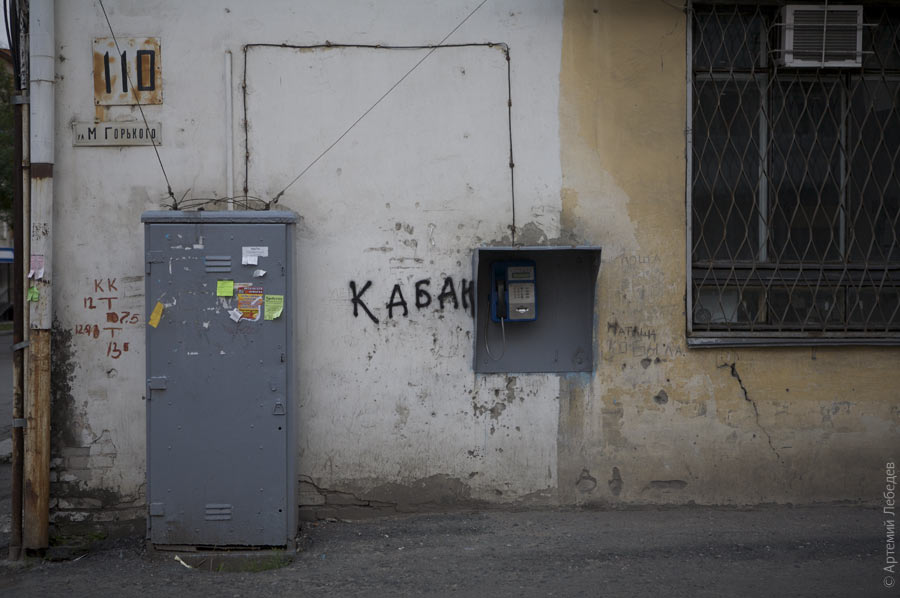 Boar Time to get the hell out of here. 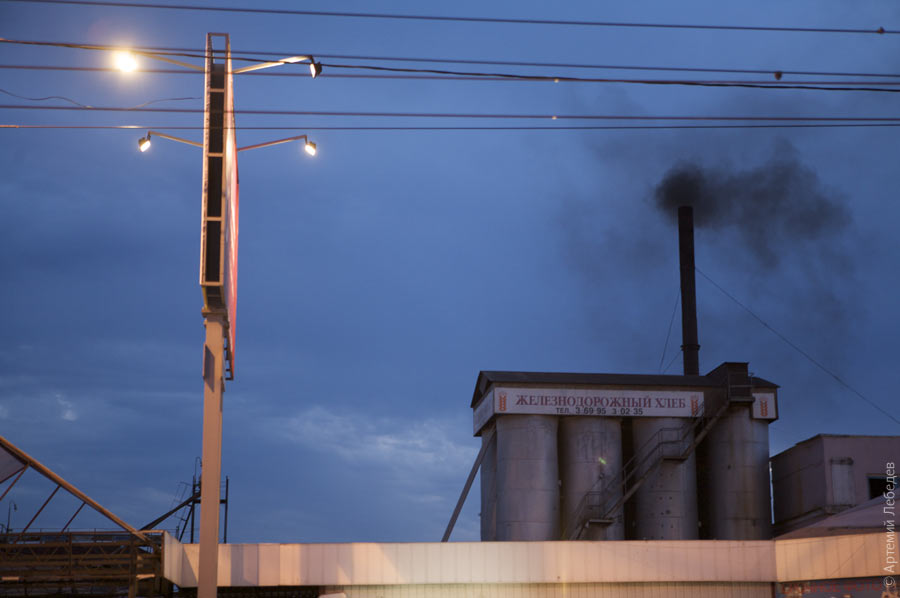 Railroad Bread TyumenMapThe last time I was here was four years ago. The city has gotten even richer since then. 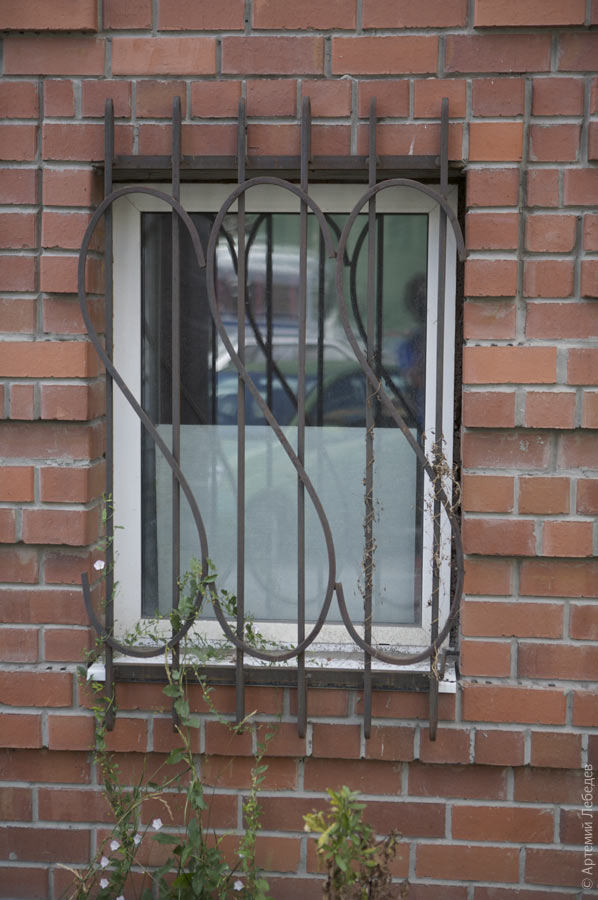 Local municipal flattery actually goes so far as to claim that Tyumen is the best city on Earth. 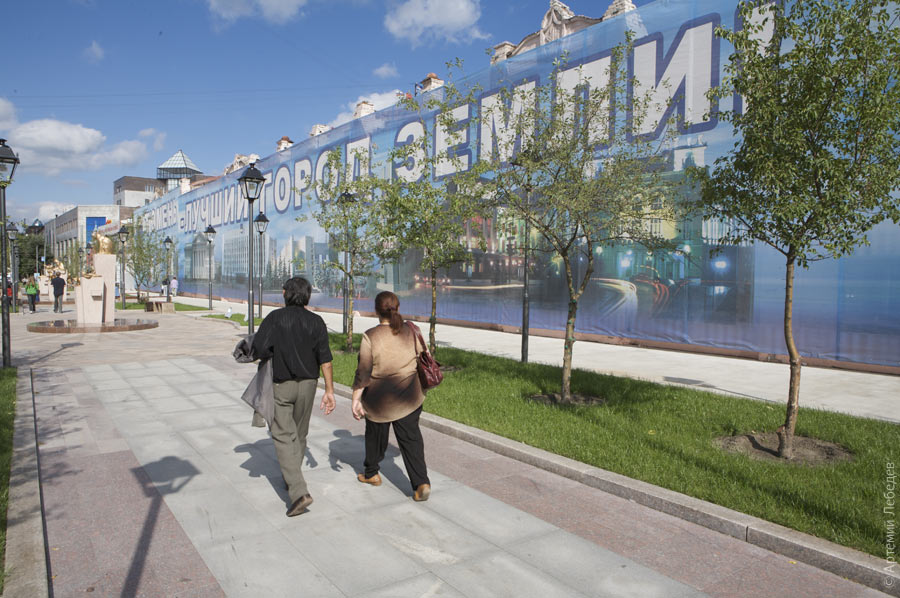 Tyumen is the best city on Earth The signs with distances to utility hatches are quite ugly here. 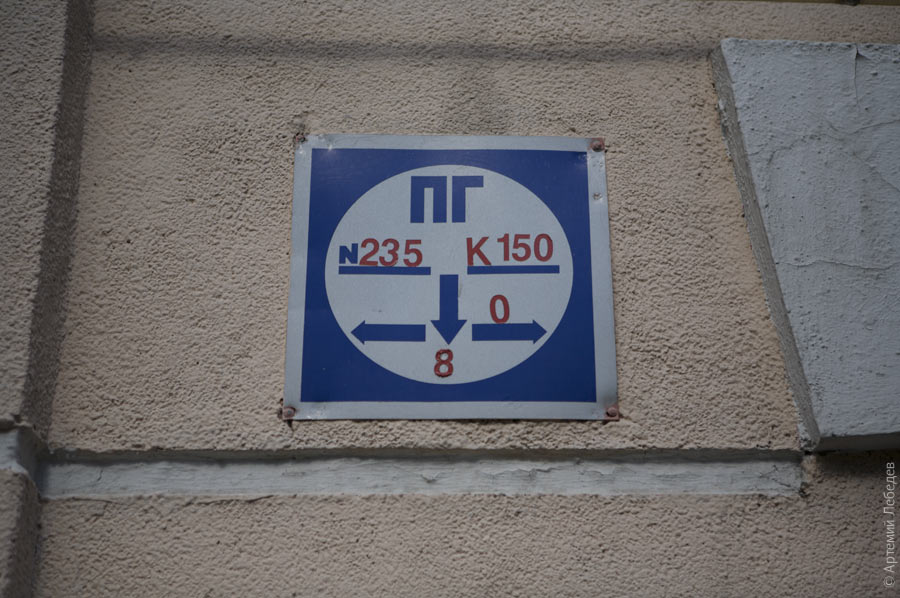 Half the utility poles in the city are octagonal. The somewhat undersized trash cans have been designed to match. 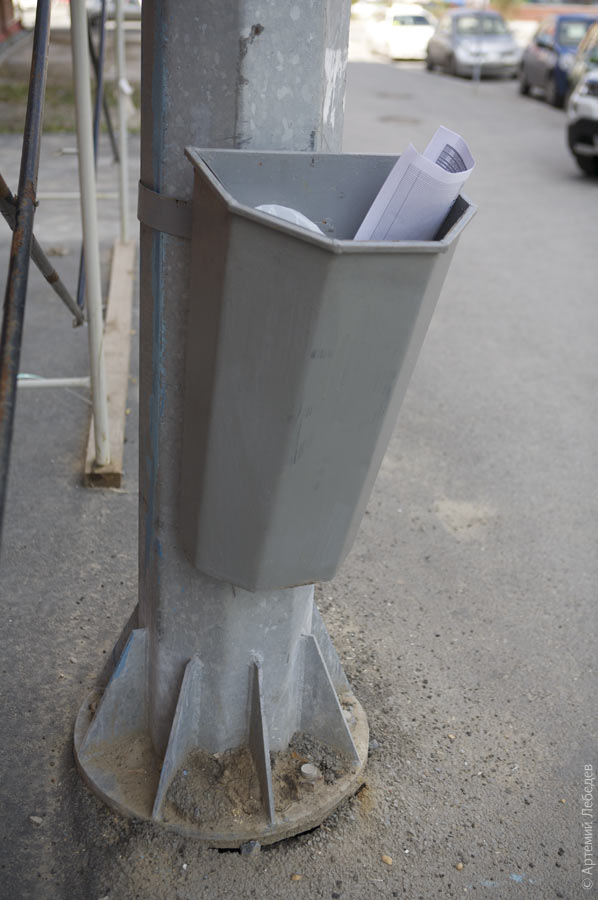 But the biggest changes that have taken place in my absence are on the roads. The local branch of the State Road Traffic Safety Inspectorate has seriously gotten to work on the safety part, concerned by the alarming pedestrian death rates at zebra crossings. In other words, local drivers don’t consider pedestrians to be people and run them down right on the crosswalks. So they’ve made the zebra stripes more conspicuous. 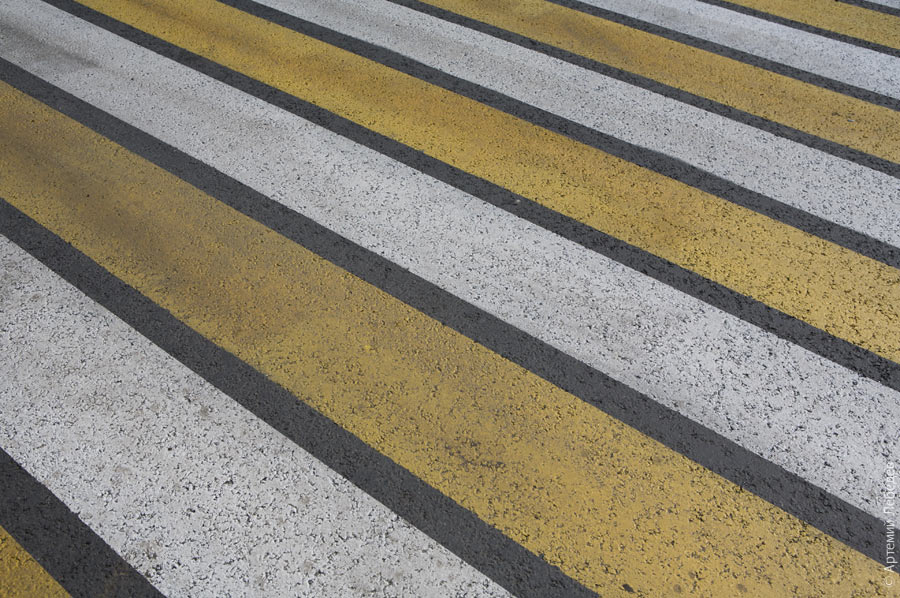 Of course, this innovation won’t be visible in the winter.  But the traffic sign poles wrapped with bright tape will be.  They’ve also put up new “Headlights and belt!” signs on all the roads out of the city, something I proposed as a way of combatting the unwieldy wording of road signs (see § 141. Make it short). 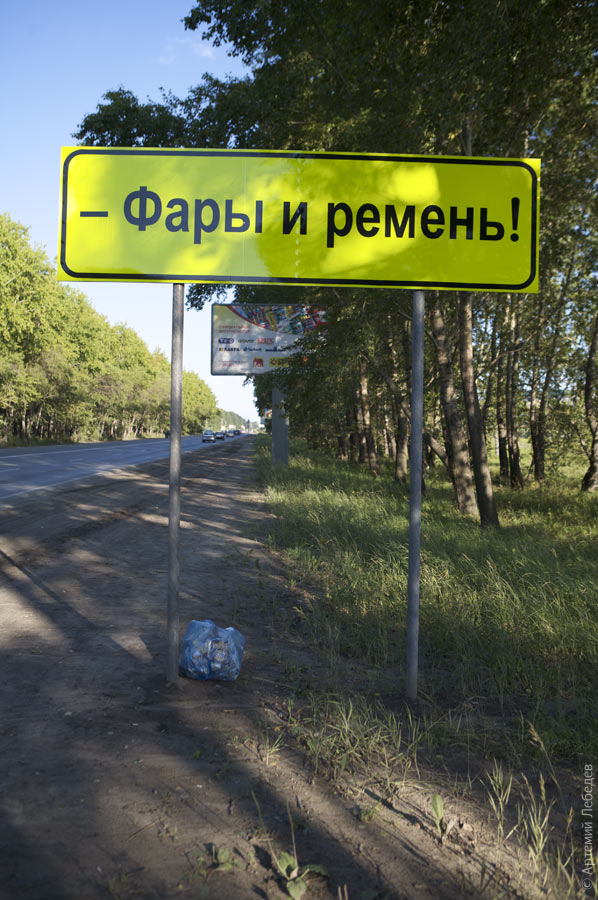 Headlights and belt! OmskMapThe base of every, absolutely every single lamppost in the city is wrapped with tape in the colors of the Russian flag. 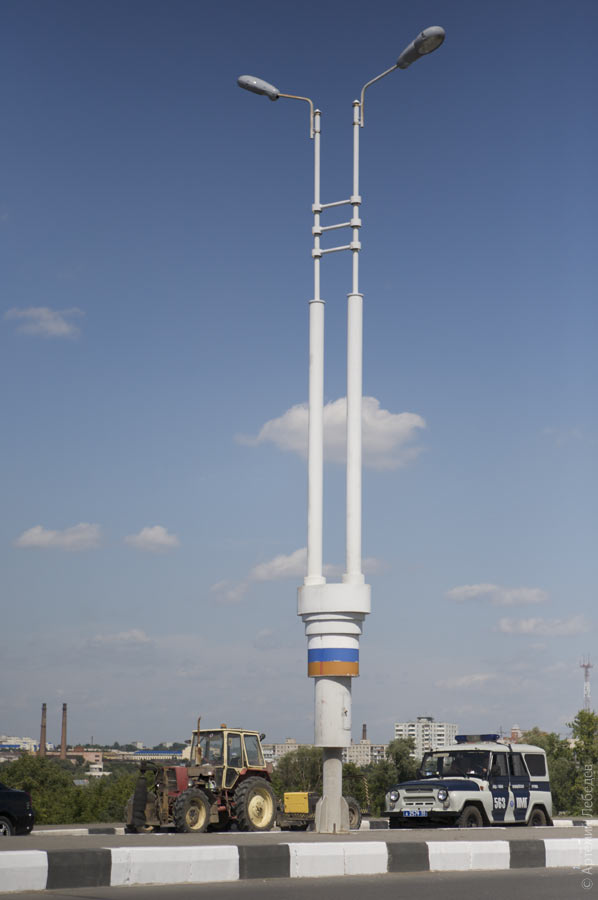 These are local preparations for City Day. 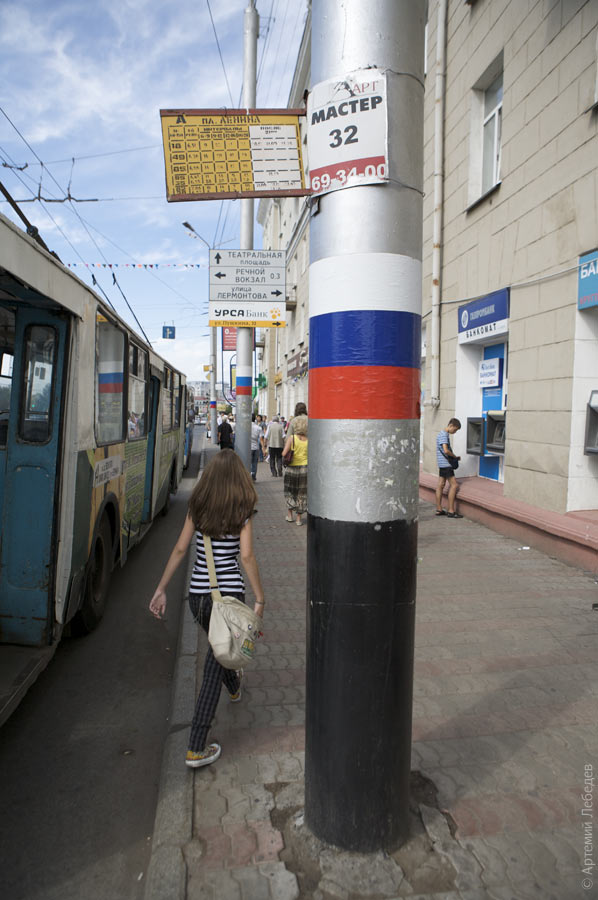 Generally speaking, the city is surprisingly uninteresting. Only the low-flying planes downtown break up the ennui. 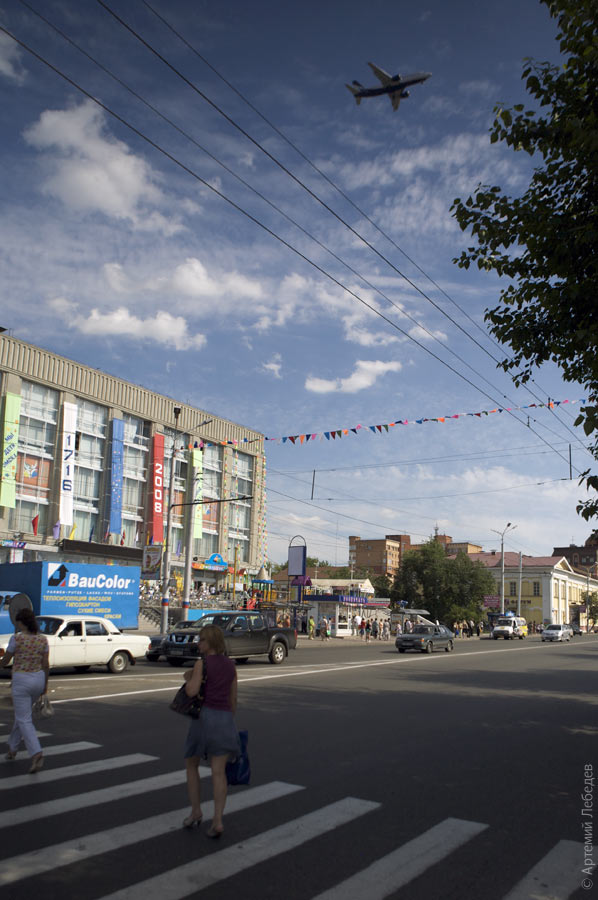 Notable items include the local trash can with its aspirations to lightness and elegance. 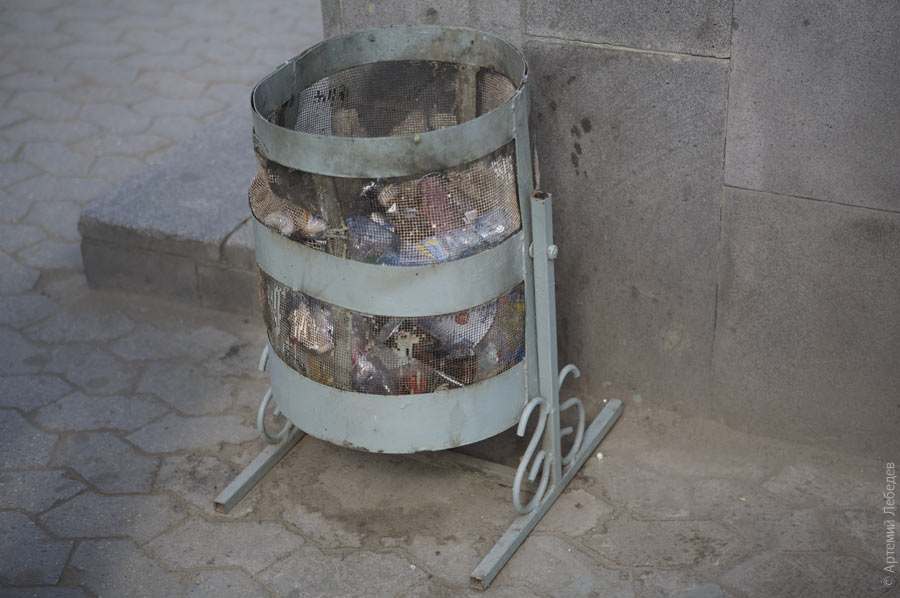 A well-preserved USSR Ministry of Communications utility box, whose door has long been bricked in with sidewalk tiles.  Rubber mats on the stairs, which make using the pedestrian underpasses less terrifying in the winter. 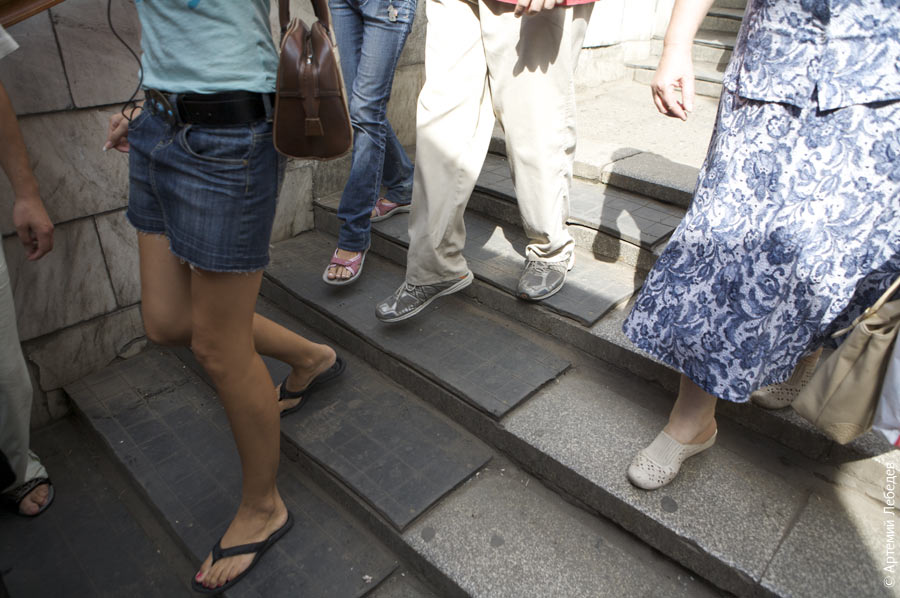 And that’s it. One step off to the side—and you’re in a total village where the streets aren’t even paved. 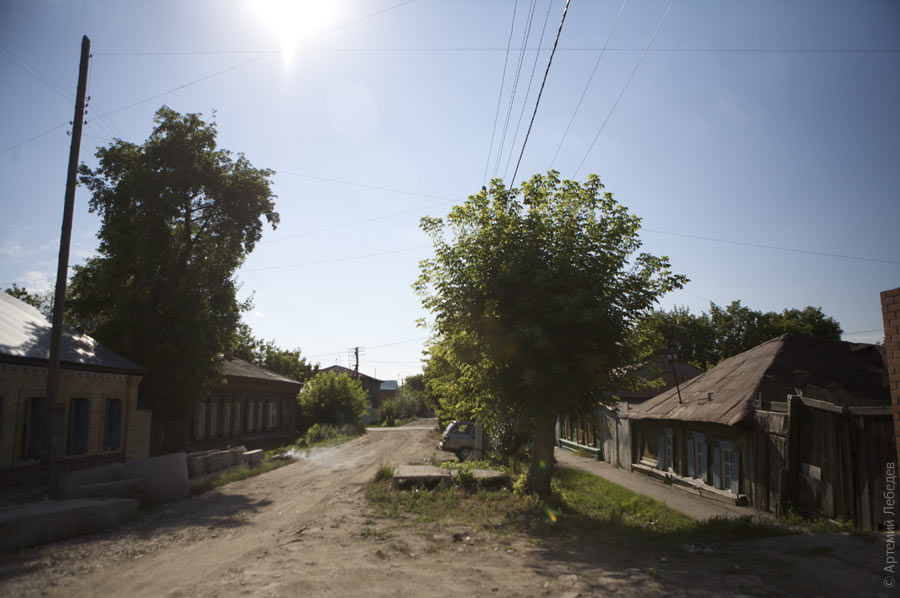 So we speed off to Novosibirsk, which is still a far cry from progressive Tyumen, but at least we can watch a full solar eclipse there tomorrow. 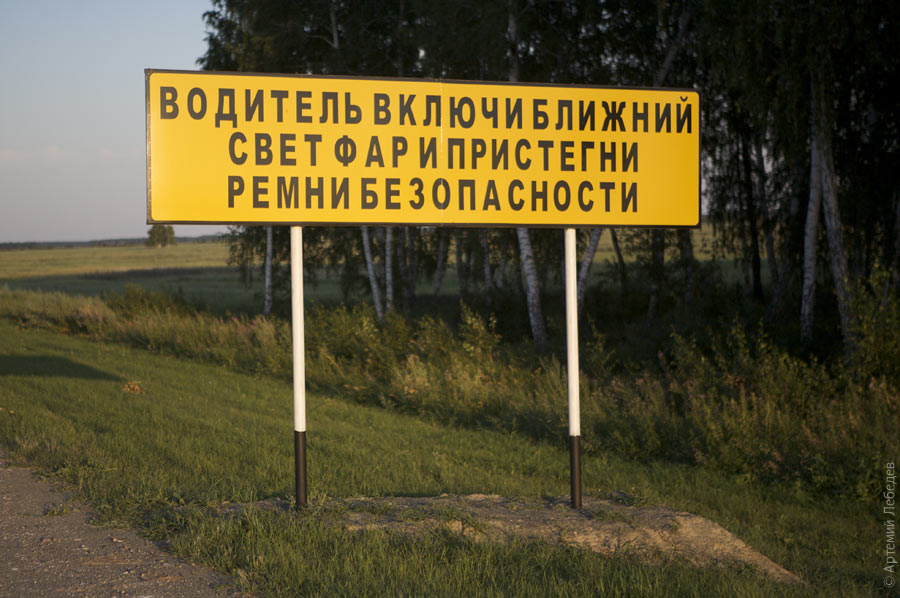 D R I V E R T U R N O N L O W B E A M S A N D F A S T E N Y O U R S E A T B E L T S |